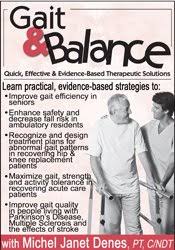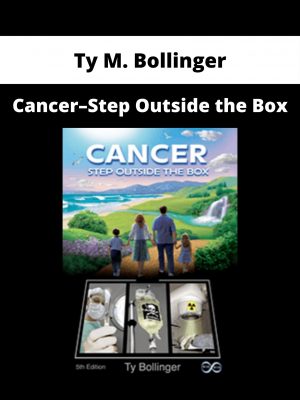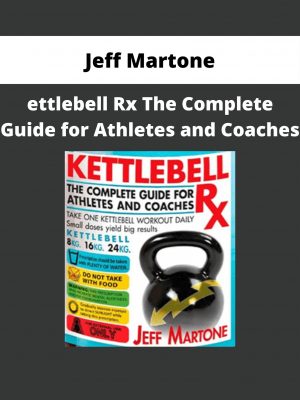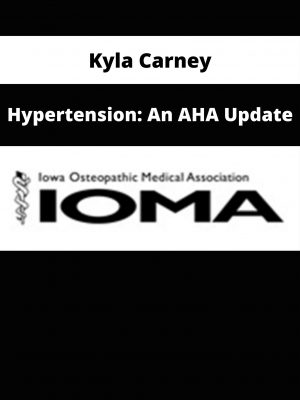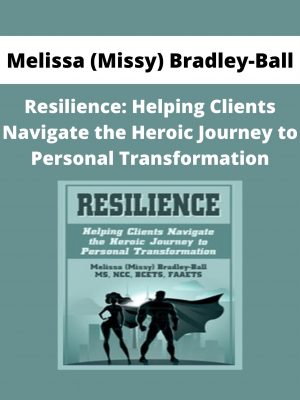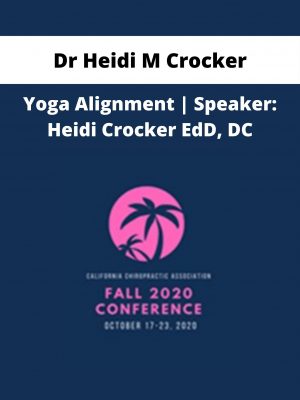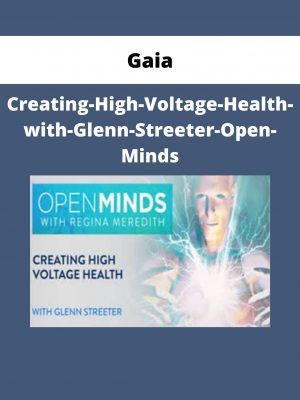Michel Janet (Shelly) Denes – Gait & Balance
$219 Original price was: $219.$62Current price is: $62.
Shopping Instructions:
- DISCOUNT 15% : SHOP15
- Product Delivery: Within 1 – 12 hours after purchase.
Shelly will teach you quick tips to recognize normal gait and its components, as well as to understand evaluation of abnormal gait. Review posture, and discover details about its impact on gait.
Michel Janet (Shelly) Denes – Gait & Balance
Join gait and human movement expert, Shelly Denes, PT, C/NDT, and move beyond basic assessment and treatment interventions. Learn practical, evidence-based strategies to:
- Improve gait efficiency in seniors
- Enhance safety and decrease fall risk in ambulatory residents
- Recognize and design treatment plans for abnormal gait patterns in recovering hip & knee replacement patients
- Maximize gait, strength and activity tolerance in recovering acute care patients
- Improve gait quality in people living with Parkinson’s Disease, Multiple Sclerosis and the effects of stroke
Shelly will teach you quick tips to recognize normal gait and its components, as well as to understand evaluation of abnormal gait. Review posture, and discover details about its impact on gait. Through interactive case studies and lab demonstrations, Shelly will help you consider the latest in orthotics and other advanced technologies being used in rehabilitation – interventions that you can implement into your practice now. Be the best rehab resource for your patients by learning quick, effective and evidence-based strategies and interventions that will transform your practice.
OUTLINE
Quick Tips to Recognize Normal vs. Abnormal Gait Patterns
- Identify where the “breakdowns” occur in normal gait patterns
- What should gait look like? Video examples and demonstrations
Screening Tests & Solutions for Changes in Gait
- Advanced visual assessment techniques
- Gait speed & cadence changes
- Double stance time
- Walking posture
- Joint motion
- Muscle strength & muscle tone (Spasticity and Rigidity)
- Video motion analysis and 3D kinematics
- Dynamic surface electromyography
- Dynamic fine wire electromyography
Strategies to Identify the Manifestations & Underlying Causes of Abnormal Gait Patterns
- Pathological gait disorders
- Orthopedic issues
- Musculo-skeletal issues
- Neurological issues
- Pain issues
- Fear of falling
Documentation, Goal Writing, Outcome Expectations and Discharge Planning
- Long- & short-term goal writing tips
- Intensity, frequency and duration of care documentation
- Progress reports: how to get paid & avoid payment denials
- Treatment encounter notes
- Maintenance services: justification tips
- Examples of documentation essentials
Would you like to receive Michel Janet (Shelly) Denes – Gait & Balance ?
CUTTING-EDGE SOLUTIONS FOR GAIT DYSFUNCTIONS IN COMMON CONDITIONS
Parkinson’s Disease
- The “Parkinson’s Shuffle”
- Techniques that minimize “freezing”
- Enriching exercise with simultaneous activities
Multiple Sclerosis
- Techniques to address ataxia issues
- Treatment strategies for relapses or flares
- Benefits of aquatic therapy
- Benefits of Tai Chi and Yoga for gait and balance
Stroke
- Strategies to reteach walking
- Training for family and caregivers
- Functional electrical stimulation (FES)
- Techniques to address Trendelenburg gait
- Exercises to strengthen muscles
- Appropriate assistive devices
Hip & Knee Replacement Rehabilitation
- Techniques to immediately address post-op gait
- Interventions to regain range of motion post-op
- Cautionary considerations: Trendelenburg gait
Leg-Length Discrepancies
- When to correct, and when not
- Testing considerations for muscle imbalance & functional limb-length issues
Indications and Biomechanics for the use of Orthotics
- Weakness at specific joints
- Correction for alignment issues
- Orthotics for LE collapsing even without foot-drop
- Utilizing combined orthotics in unique situations
OBJECTIVES
- Evaluate abnormal gait patterns to introduce the most successful interventions.
- Determine new strategies to minimize secondary complications due to gait disorders.
- Analyze how muscle tone and leg length discrepancies can impact gait.
- Assess whether orthotics and/or combination orthotics are going to benefit the patients you see.
- Anticipate how balance challenges can impact fall risk so that optimal prevention practices can be incorporated.
- Choose new strategies to maximize gait, strength and activity tolerance in recovering acute care patients
Related products
HEALTH & MEDICAL
HEALTH & MEDICAL
HEALTH & MEDICAL
Dr. J.E. Williams & Kevin Gianni – How to Read Your Blood Tests
HEALTH & MEDICAL
HEALTH & MEDICAL
HEALTH & MEDICAL
Dr Heidi M Crocker – Yoga Alignment | Speaker: Heidi Crocker EdD, DC
HEALTH & MEDICAL
Gaia—Creating-High-Voltage-Health-with-Glenn-Streeter-Open-Minds



